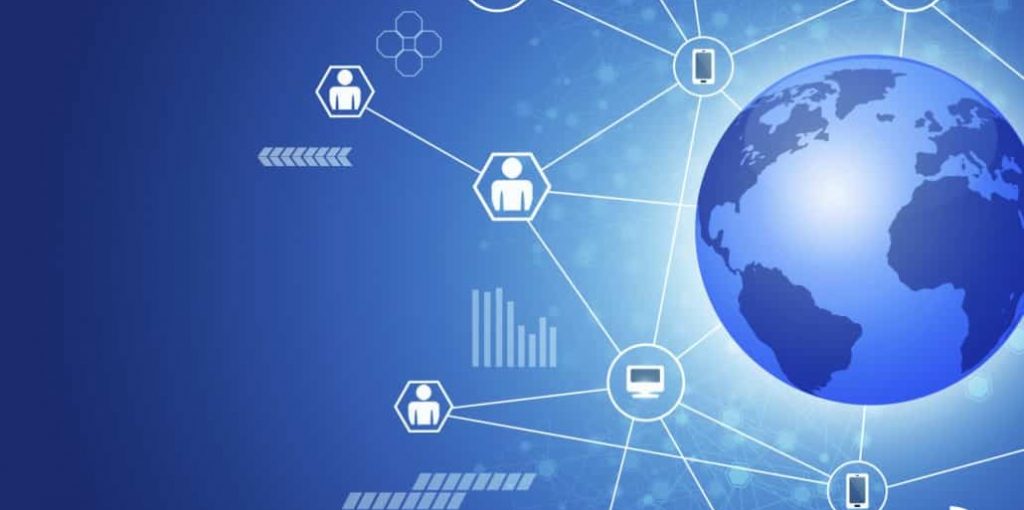There are more than one billion mobile IoT connections currently and new technologies such as the LoRa network with low power consumption will further increase this growth, especially in fields such as Smart City, intelligent building, supply chain and agriculture. The LoRa network has a global coverage and offers compelling advantages such as massively lower data, hardware and maintenance cost.
Boosted by a strong uptake in North East Asia, mobile IoT connections are set to pass the 4 billion mark by 2024.
Early adopters are already using 4G, however, some say that 5G will be the catalyst for scaling the smart factory, delivering ultra-low latency, high bandwidth, and reliable communication to realize responsible consumption and production in factories.
But there is another option to consider: Transmission networks with low power consumption such as the LoRa system. LoRa is a long-range wireless communication protocol that competes against other low-power wide-area networks. Compared to its competitors, LoRa achieves its extremely long range connectivity of 10km+ by trading off data rate. But why using LoRa? If your device needs a long battery life, a low cost sensor, and long range connectivity, LoRa might be the solution. It is suitable in practice for non-real time applications in which one can tolerate delays, and there are quite a lot of those use cases, for instance in the fields of intelligent building, supply chain, Smart City and agriculture.
But what about the network coverage? Is it comparable to the 3G/4G mobile phone networks?
The global footprint of LoRa networks is significant. KPN, Proximus, Swisscom, Orange, Bouygues, Lace, Senet, Fastnet, SKT, Telstra and Tata have all announced nationwide deployments of LoRa networks and many more are predicted to follow. However, individual schedules should be confirmed with the local operators and it’s always worthwhile checking the local coverage prior to implementing a system based on LoRa.
But what are the advantages of using the LoRa network instead of the mobile phone networks? There are quite a few:
- Lower data cost (up to 75%)
Depending on the LoRa network provider, data cost can be considerably lower.
- Lower hardware cost
LoRa devices are cheaper to produce compared to devices with mobile phone network connectivity. Components in general are more cost-efficient and, of course, no SIM card is needed.
- Lower maintenance cost of devices
A low data rate enables a longer battery life. This directly lowers the maintenance costs, making the installation and management economical. In addition, the transmission in buildings or wider areas does not require extra access points and is not limited to having an internet connection, further emphasizing the low-cost benefits for IoT industries.
- Own LoRa network can be deployed which lowers the data cost to 0
There are already cities running their own LoRa networks. This implies zero data cost as long as devices are connected via a proprietary LoRa network.
- LoRa devices consume very little power (low energy)
This guarantees longer battery life and ensures lower energy consumption.
In light of these obvious advantages of the LoRa network, the IoT future is bright, especially in certain areas such as Smart City, intelligent building, supply chain and agriculture.
